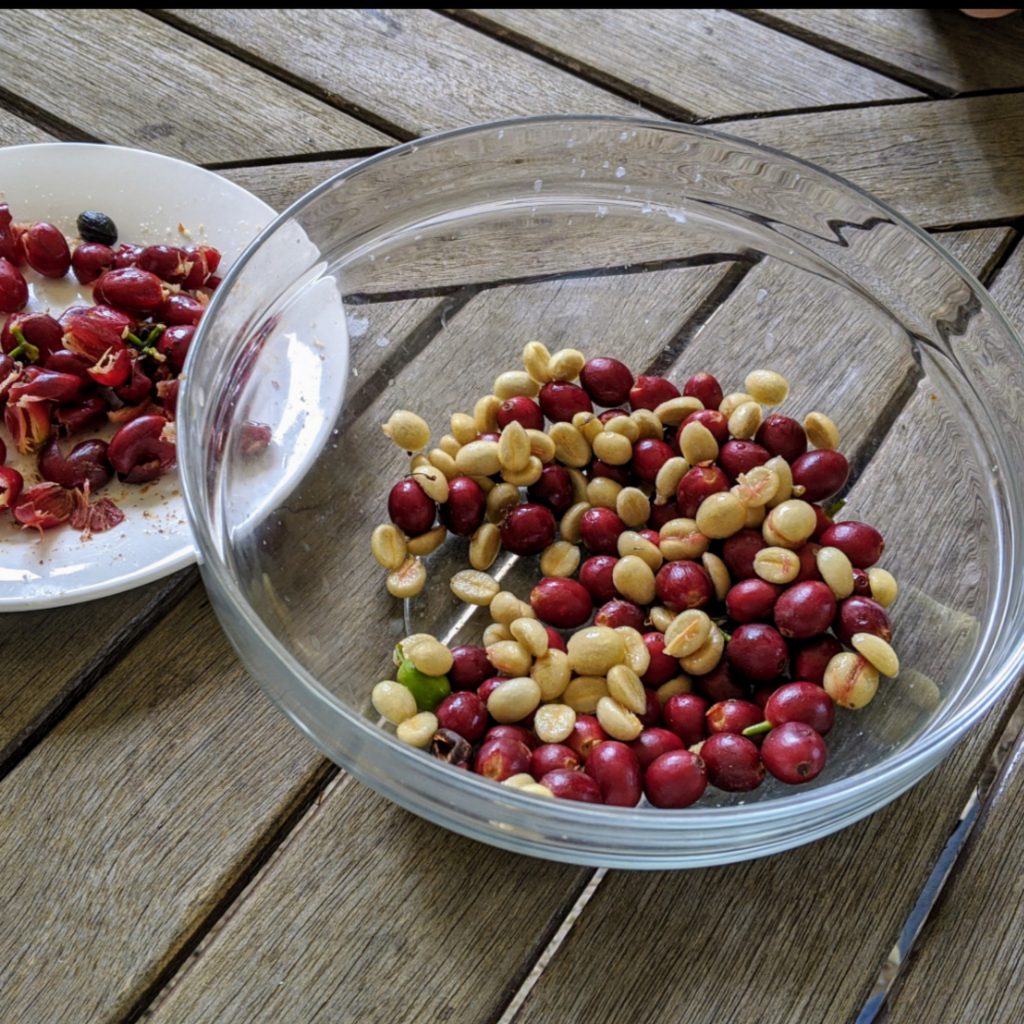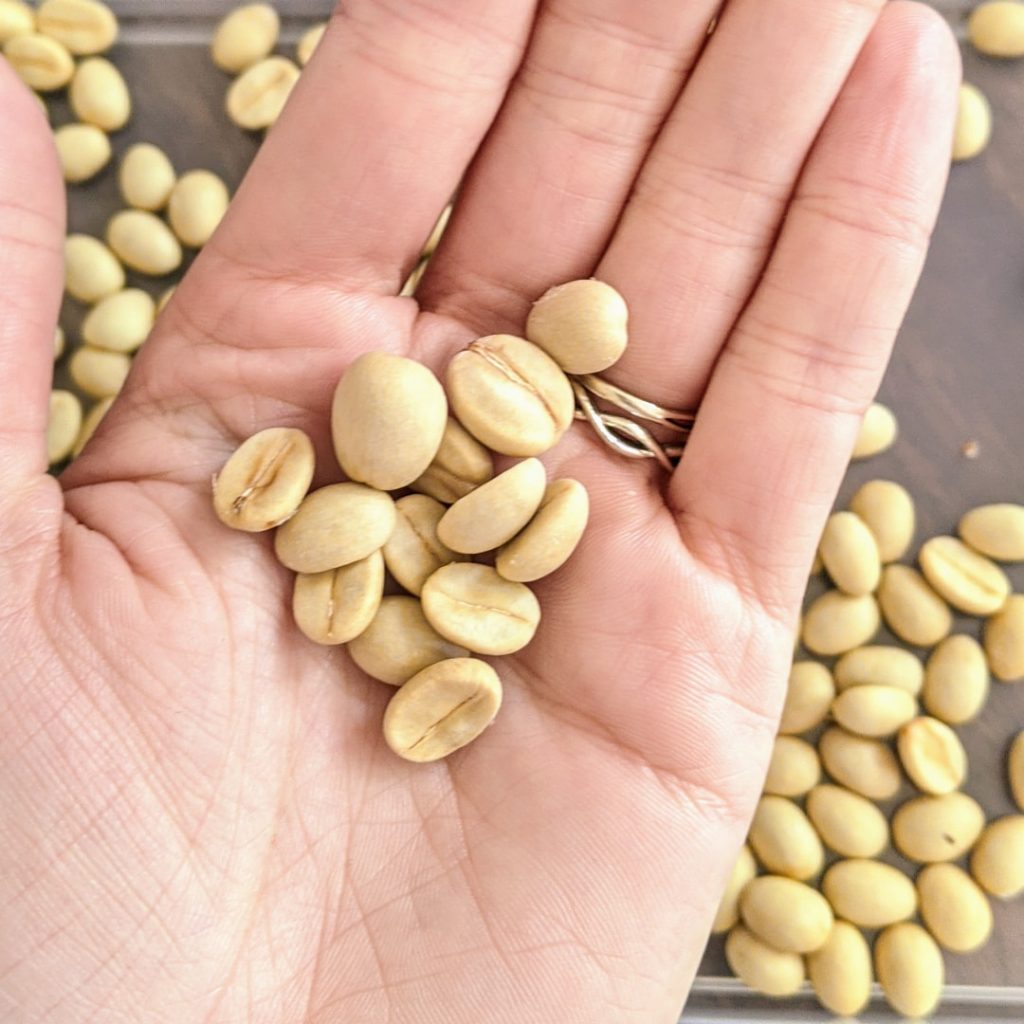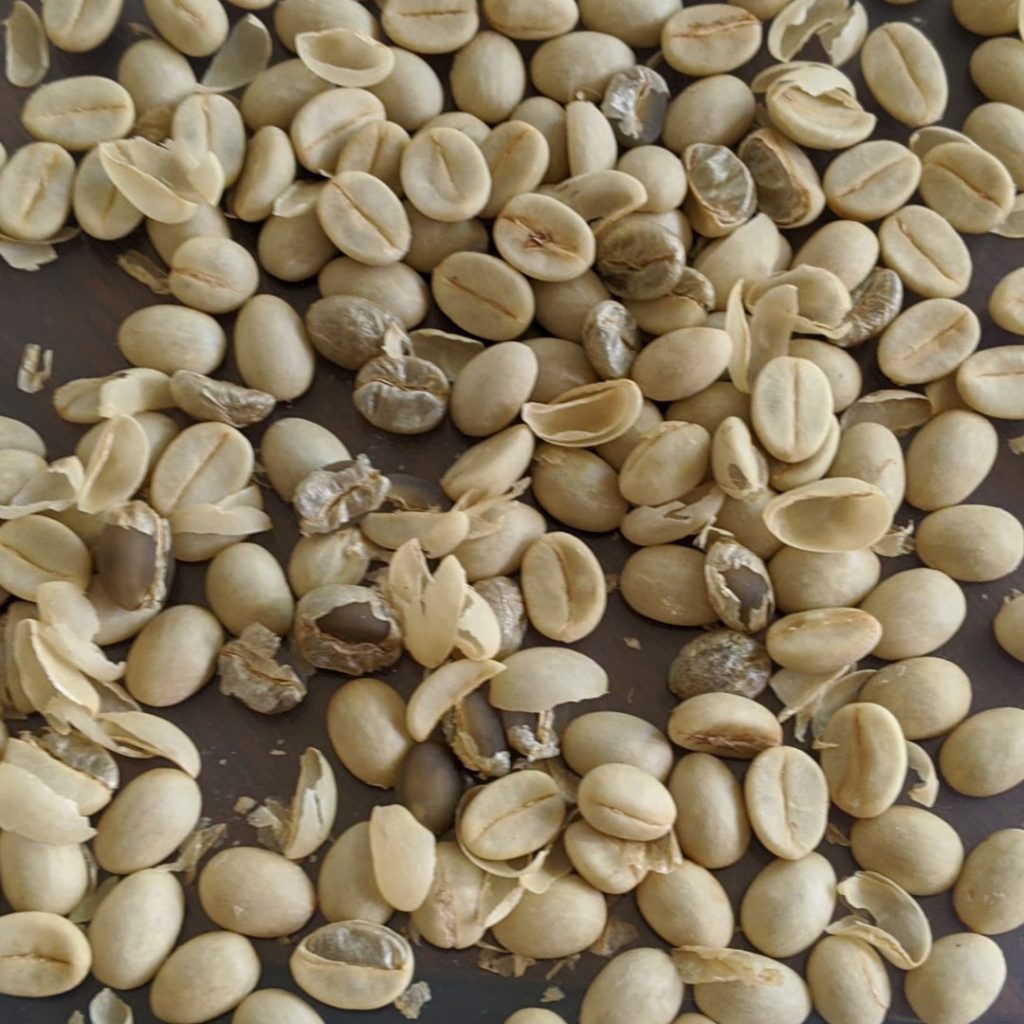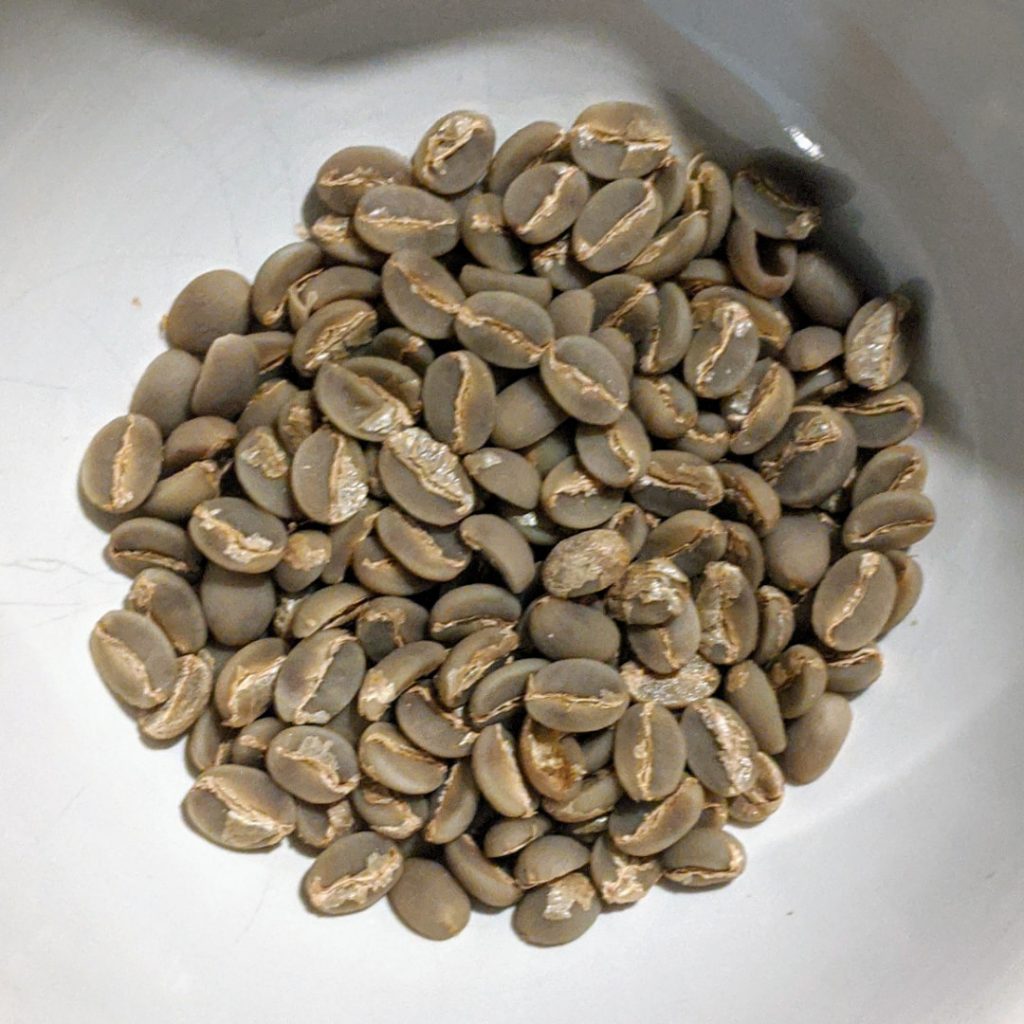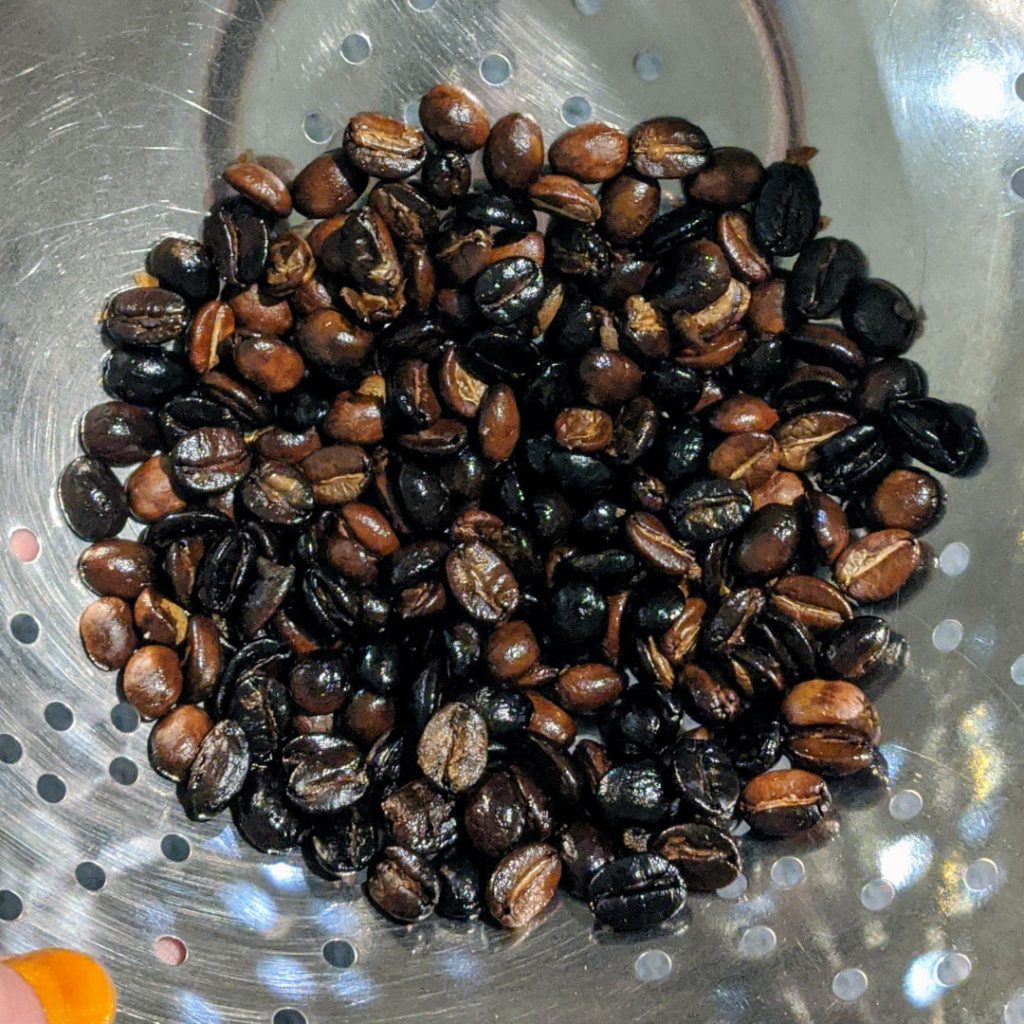It took a very long time, but I managed to make a shot of espresso completely from scratch. Here’s how…
1. Plant a coffee tree in the backyard (thanks, mum). Water, and wait 4 years for fruit.
2. Harvest the coffee cherries. The red ones, not the gross shrivley black ones. Leave them for the nocturnal birds who aren’t used to working night shifts.
3. Peel the skin off the cherries to reveal the slippery little beans. You can eat the cherry skins, but not too many (mum and I learned the hard way).
4. Soak the slippery little beans in water for 18 hours (or 8 days if you’re a Busy Working Woman. Rules are for nerds). You’re supposed to soak them until they’re no longer slippery. Eventually I gave up and rubbed them together in my hands til they sorted themselves out.
5. Leave them to dry for “5 to 31 days” until their moisture level is at 12%. This bit wasn’t an exact science for me (nor was the rest). They just sat on my desk until I got sick of waiting (they were probably at about 12.5%, but hey no one died).
6. Hull them. The guide I was following suggested a technique that involved a plastic bladed food processor, a hair dryer, and hessian bags. Nah. I just picked each one open by hand during my down time at work. I had sore hands and calluses but hey, it’s honest work being a coffee farmer.
7. Now I had a pile of husks and beans. Wanting to streamline my production, I thought I’d blowdry the husks away and into my yard. Unfortunately I also blew away heaps of the beans too, but I managed to pick some out of the grass. A damaging loss to the yield.
8. Chuck them in the oven. The website said 12 minutes. I put them in and a minute later my mate Jen said “do you smell burnt toast?”. They were almost on fire. Oops. I believe that’s called a “dark roast” and it’s fancier.
9. Finally, grind them and bung em in your espresso machine. Don’t tamp too firmly or you’ll have wasted the last few weeks of your life. It tasted good! My final mistake was being too excited and finally tasting them at 9pm (I was bouncing off the walls from a deadly combination of caffeine and farmer excitement).
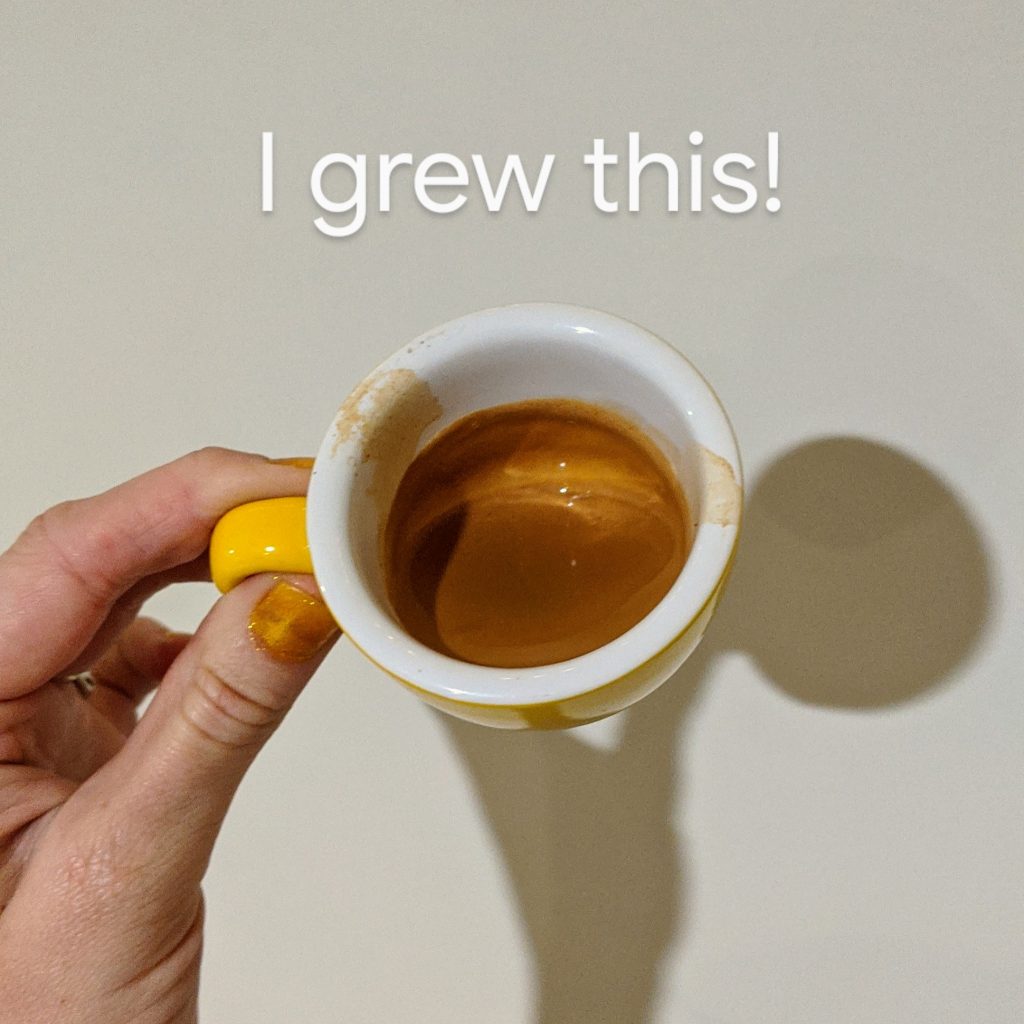
Would I do it again? Of course, I’ve already stated. But I’m a hipster millennial hobby farmer, chock full of privilege, with complete say in what I do. Most coffee producers are not. Obviously my coffee enterprise isn’t the most efficient, but it takes so much work to get coffee from the ground to your cup, and there aren’t many ways to do that ethically for $5 a pop.
Working conditions in the coffee industry are notoriously horrendous, and this little exercise helped me appreciate the value of a shot of coffee. I’m definitely only buying Fairtrade or other ethical coffee from now on.

